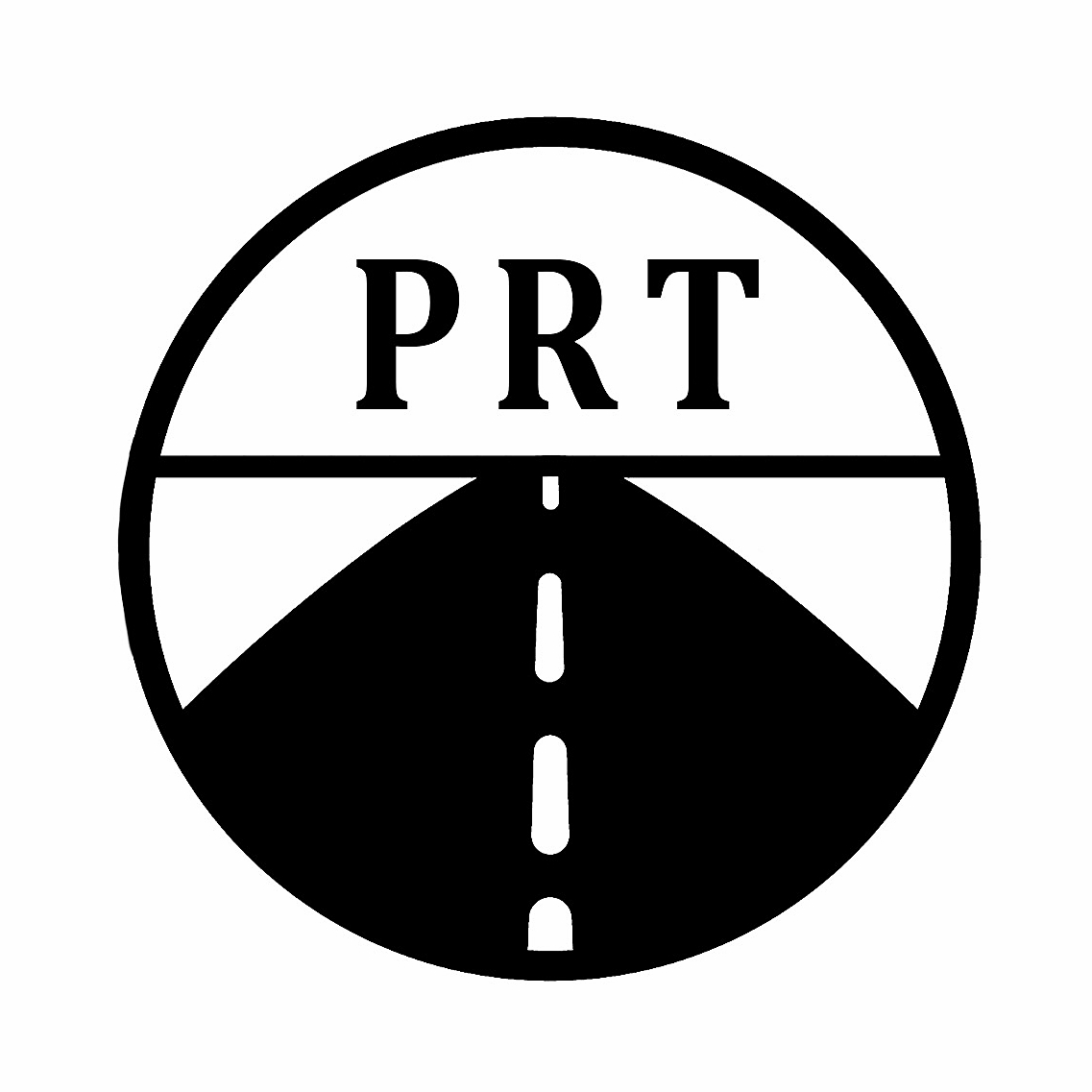PMP® Exam Prep
Study Material Strategically Using This 6-Layer Framework
The Layers Concept
The PMI Framework for Project Management
As you prepare for the PMP exam you will learn the PMI framework for project management. This is a codification of the various activities and considerations that go into project management. You will find that this framework actually helps you think more clearly about your work as a project manager, giving structure to what otherwise tends to be just an intuitive ‘feel’ for what needs to be done at any given point in a project. Intuitive ‘feel’ does not scale well!
The PMI framework for project management is embodied in the Project Management Body of Knowledge (the PMBOK® Guide).
Processes
At the very core of the framework is the five by ten matrix of forty-seven processes, found on pg. 61 of the PMBOK® Guide. The ten rows are called knowledge areas. Knowing all of the forty-seven processes in the correct sequence, by row (knowledge area) is critical. For this reason, the process matrix will be page one of your brain dump.
The Brain Dump
The idea of a brain dump is that it is a concise package of material that you can drill thoroughly and then write-out quickly at the beginning of your exam. You will have complete confidence in the accuracy of this material. It will be your security blanket throughout the exam.
Now I get prescriptive. Your brain dump should be exactly two pages long. It should take no more than 15 to 20 minutes to write-out, once you are practiced. It should contain certain material, as detailed in our eBook. You may add a few more things to page two of your brain dump, but very selectively.
Lists and Definitions
There are a number of lists and definitions in the PMBOK® Guide that are important to know for the exam. They warrant putting on flashcards and drilling so as to embed thoroughly in your memory, long enough to get through the exam. I get prescriptive again: you should have no more than 30 or 40 flashcards in your flashcard deck. Otherwise you won’t be able to flip through it three times a day, every day, which is what you need to do. It would be easy to create a deck of several hundred flashcards. The tricky thing to do is to focus down to the forty or so most important items that warrant the attention flashcards can provide. We have a suggested list of flashcards in an Excel file, which we make available to our students.
Inputs, Tools & Techniques, and Outputs (ITTOs)
Between the processes within the process matrix, there are information flows, and tools and techniques within processes. Some information flows are within a knowledge area, others span across knowledge areas. If you try to memorize all of these information flows — from what process are they output, and into what process are they an input — you will quickly overwhelm yourself with too much detail. Yet, knowing some of the more fundamental information flows and tools & techniques can be helpful on the exam. After all, these ITTOs are a key component of the PMI framework for project management. The ITTOs are summarized for each knowledge area in Figures 4-1, 5-1, etc., in the PMBOK® Guide. Flash carding these ITTOs is a losing battle. A different strategy is needed here. We’ve developed a way of graphically representing the more fundamental ITTOs, as well as some exercises to help drill on these, which can help you focus-in and learn and retain the more important ITTOs. This will deepen your understanding of the entire PMI framework for project management and help you answer some of the more difficult situational questions found on the exam. Our ITTO exercises are found within the Student Portal on our web site, which we make available to our students.
ITTO Tuesday
We make one of our ITTO interactive drag & drop exercises available each week — Look for ‘ITTO Tuesday’ on our LinkedIn page
Our Concept of Layers of Material to Study
With the process matrix addressed in page one of your brain dump thought of as layer 1 - most fundamental, and page 2 of your brain dump as layer 2 - next most fundamental, and the flashcards as layer 3, the ITTOs as layer 4, we’ve stripped away 80 percent or so of the material we need to learn for the exam and handled it in very specific, strategic and focused ways. Now, what is left is all of the other scattered gems of wisdom that we need to read and retain on a best effort basis. We are not trying to get 100 percent on the exam (we wouldn’t even know it if we did), we are just trying to make sure we pass it. Hence selectivity is critical. Some material only warrants being read and retained on a best effort basis. You need to have the courage to accept this — and to consciously let some material slide right on by, without trying hard to retain it.
The Forest is Beautiful
Following this structured, layered approach to studying for the exam, you will develop a holistic appreciation for the PMI framework for project management — to see the patterns and gestalt of the forest, rather than a jumble of trees. As you get there, you will see that this forest is beautiful. The PMI framework for project management is logical, comprehensive and useful. Still, at the end of the day, with your PMP certification in hand, everything comes down to you, your project team, and your project’s dynamics… the PMP certification only goes so far… it is up to you to Be A Driving Force!
